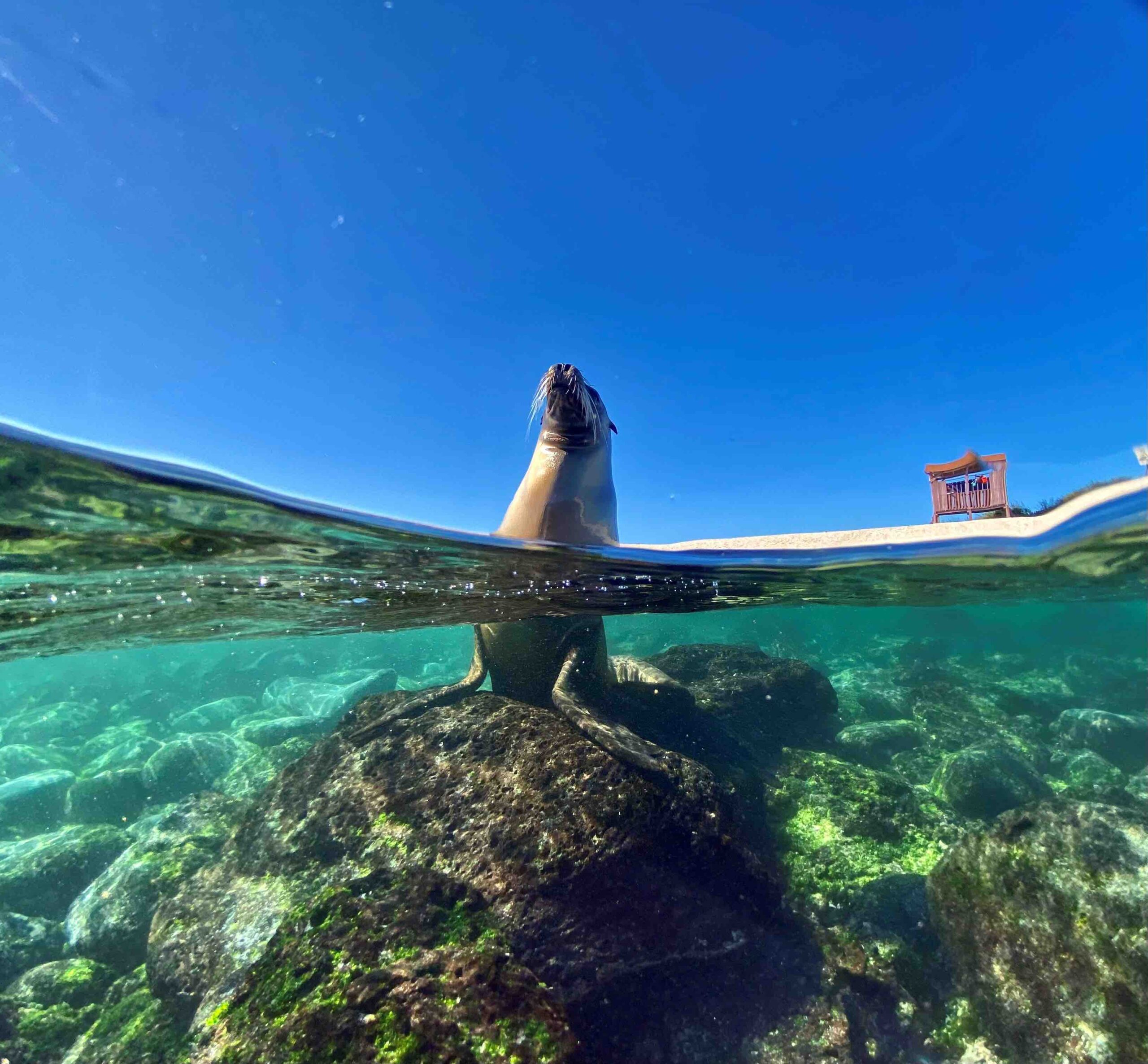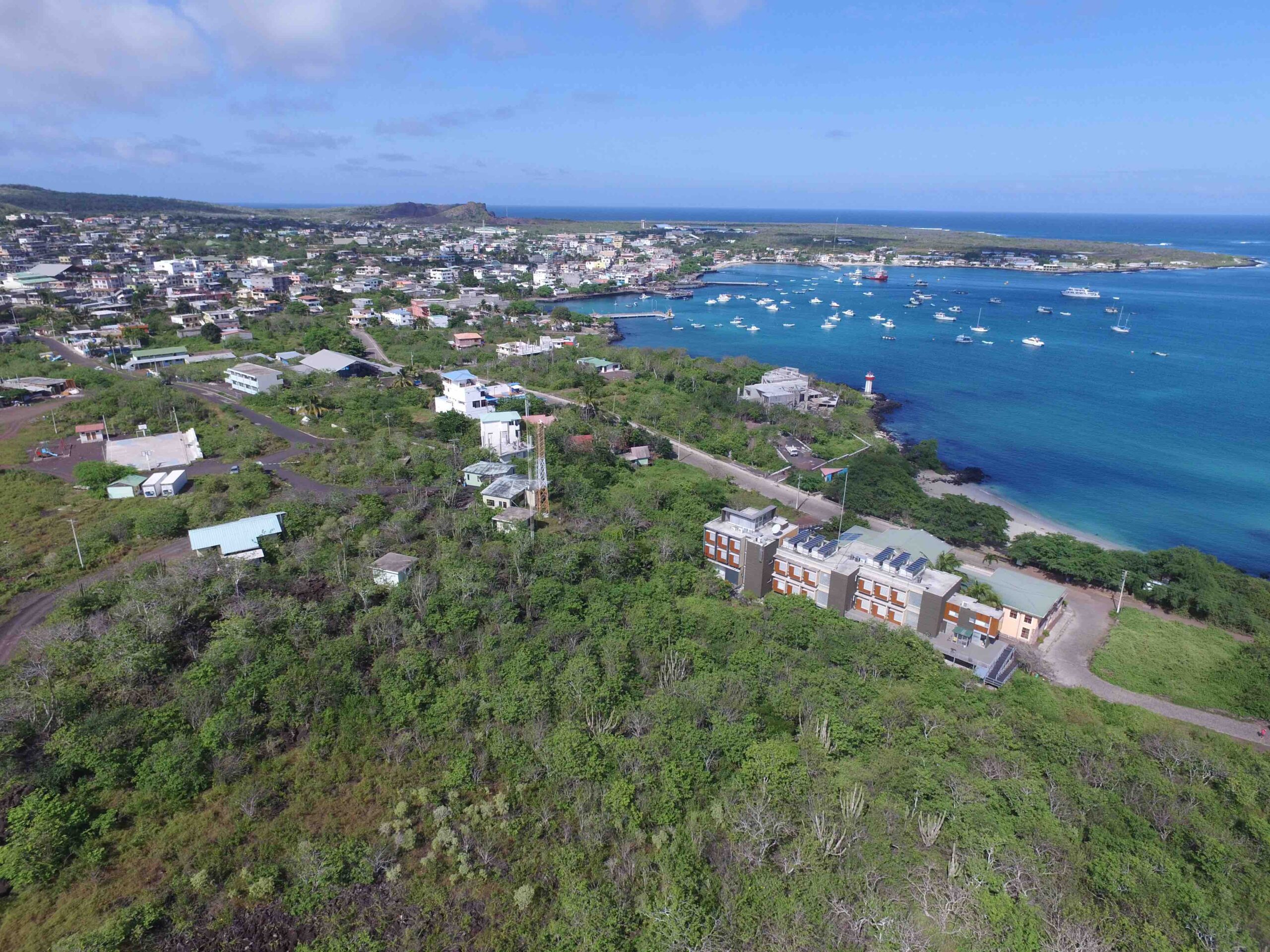This is an investigation by Carlos A. Valle, Catalina Ulloa, Cristina Regalado, Juan-Pablo Muñoz-Pérez, Juan Garcia, Britta Denise Hardesty, Alice Skehel, Diane Deresienski, Ronald K. Passingham and Gregory A. Lewbart.
Historically, health, blood chemistry, and hematology parameters have not been published for this species.
In this study, blood analyses were run on samples drawn from 58 clinically healthy shallow-tailed gulls captured at Islote Pitt on San Cristóbal Island in July 2016 (28) and on South Plaza Island in June 2017 (30).
The birds were captures by hand, or with a hand net, one at a time from near their nests, closely examined by a board-certified (American Board of Veterinary Practitioners canine/feline medicine) veterinarian (DD) and sampled before the next bird was captured.
Standard measurements were taken using calipers, and the animals were weighed with a Pesola scale (Pesola Präzisionswaagen AG, Schindellegi, Switzerland 8834). The body temperature was obtained from the cloaca using an EBRO® Compact J/K/T/E thermocouple thermometer, while heart rates were measured with a stethoscope and respiratory rates by observing chest movements.
Blood samples were obtained as soon as safely possible to minimize the potential effects of handling on blood parameters; in most cases, this was within 10 minutes of capture. Based on their behavior, response to handling and physical examination by the veterinarian, all the birds in this study were deemed clinically healthy.

All samples were collected during field trips, running over 90% of the tests with fresh samples by instant analysis with portable blood chemistry and lactate analyzers, or stored on ice in sterile plastic vials within 10 min of sample collection, for hematology and archiving. Blood films were made within minutes of blood collection and fixed and stained with Dip Quik, ~ 2 weeks after sampling.
The most interesting thing about the study is that the two populations, separated by more than 50 kilometers, turned out to be very similar in terms of the health parameters that were evaluated.
The baseline data reported is valuable for comparisons amongst different populations in the archipelago and to detect changes in health status of Galápagos swallow-tailed gulls. As mentioned by Greg Lewbart, “We now have a baseline of health for an almost endemic species of Galapagos. If there is ever a disease outbreak, pollution problem or other environmental challenge, we have data from healthy seagulls to draw comparisons”.





